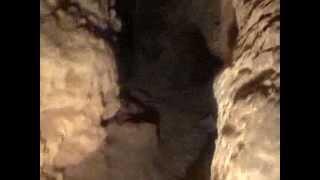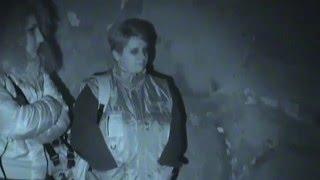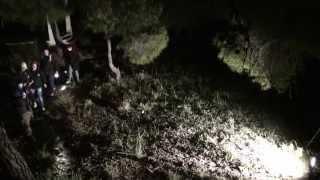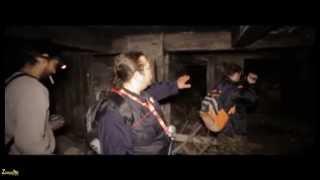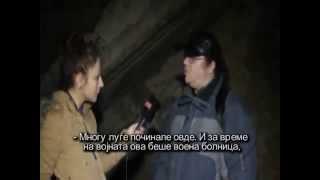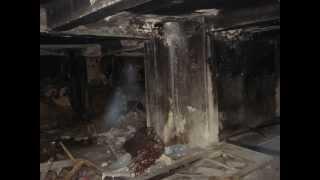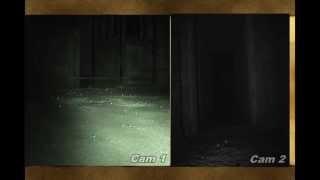The truth behind rainbow valley of mount everest Himalayas or
some ghost in himalayas which kills people.
Many climbers dream about making the dangerous trek to the summit of Mt. Everest because of the adventure and challenges involved. But the grim statistic is that for every ten climbers who’ve conquered the mountain, one has died either on the way up or way down.
More than 200 people have died on Mt. Everest because of the dangerous environment of the appropriately named Death Zone. The Death Zone lies above 26,000ft in the highest altitudes of the mountain. The oxygen level here is not adequate to support human life because the body simply can’t adapt. At this altitude the body uses oxygen faster than it can be replaced, so if climbers linger in this region too long without supplementary oxygen, they will feel like they’re slowly suffocating. When a climber reaches the Death Zone they have 2 or 3 days to reach the top, which is easier said than done. It can take climbers 12 hours to hike 1 mile because of the lack of oxygen.
If a climber dies on Mt. Everest there is a good chance their body will stay on the mountain and the remains will mummify due to the extreme cold and sun. Many corpses are left behind because of the treacherous conditions involved in recovery efforts. There are about 150 corpses scattered around the different routes on Mt. Everest, creating macabre landmarks along the way to the summit. On the Southeast Ridge Route there is Camp IV, the final camp before the final push to the summit; on the Northeast Ridge Route there is “Rainbow Valley” and Green Boots Cave.
Hannelore Schmatz was a German mountaineer who was on an expedition to Everest’s summit via the Southeast Ridge Route. On October 2, 1979, after reaching the summit, Schmatz died just before returning to Camp IV. Her mummified corpse used to greet climbers at 330 feet (100 meters) above Camp IV, still leaning against her backpack. Five years after she died, a Nepalese police inspector and a Sherpa fell to their deaths attempting to recover Hannelore’s body. At some point years later, the wind finally claimed her body by pushing it over the edge of the mountain.
“Rainbow Valley” is a deceptively cheery sounding landmark along the Northeast Ridge Route that got its name from the multicolored down jackets and climbing gear attached to the numerous corpses littered along the hillside. Adventurers who climb the summit along this route cannot make the trek without encountering these colorful cadavers. Over the years climbers have either cut ropes holding mummified corpses in place or pushed bodies over the hillside. Despite this bodies are still visible in the Rainbow Valley. The Northeast Ridge Route has claimed the lives of famous adventurers George Mallory (1886-1924) and Peter Boardman (1950-1982).
some ghost in himalayas which kills people.
Many climbers dream about making the dangerous trek to the summit of Mt. Everest because of the adventure and challenges involved. But the grim statistic is that for every ten climbers who’ve conquered the mountain, one has died either on the way up or way down.
More than 200 people have died on Mt. Everest because of the dangerous environment of the appropriately named Death Zone. The Death Zone lies above 26,000ft in the highest altitudes of the mountain. The oxygen level here is not adequate to support human life because the body simply can’t adapt. At this altitude the body uses oxygen faster than it can be replaced, so if climbers linger in this region too long without supplementary oxygen, they will feel like they’re slowly suffocating. When a climber reaches the Death Zone they have 2 or 3 days to reach the top, which is easier said than done. It can take climbers 12 hours to hike 1 mile because of the lack of oxygen.
If a climber dies on Mt. Everest there is a good chance their body will stay on the mountain and the remains will mummify due to the extreme cold and sun. Many corpses are left behind because of the treacherous conditions involved in recovery efforts. There are about 150 corpses scattered around the different routes on Mt. Everest, creating macabre landmarks along the way to the summit. On the Southeast Ridge Route there is Camp IV, the final camp before the final push to the summit; on the Northeast Ridge Route there is “Rainbow Valley” and Green Boots Cave.
Hannelore Schmatz was a German mountaineer who was on an expedition to Everest’s summit via the Southeast Ridge Route. On October 2, 1979, after reaching the summit, Schmatz died just before returning to Camp IV. Her mummified corpse used to greet climbers at 330 feet (100 meters) above Camp IV, still leaning against her backpack. Five years after she died, a Nepalese police inspector and a Sherpa fell to their deaths attempting to recover Hannelore’s body. At some point years later, the wind finally claimed her body by pushing it over the edge of the mountain.
“Rainbow Valley” is a deceptively cheery sounding landmark along the Northeast Ridge Route that got its name from the multicolored down jackets and climbing gear attached to the numerous corpses littered along the hillside. Adventurers who climb the summit along this route cannot make the trek without encountering these colorful cadavers. Over the years climbers have either cut ropes holding mummified corpses in place or pushed bodies over the hillside. Despite this bodies are still visible in the Rainbow Valley. The Northeast Ridge Route has claimed the lives of famous adventurers George Mallory (1886-1924) and Peter Boardman (1950-1982).
Sign in or sign up to post comments.
Be the first to comment





